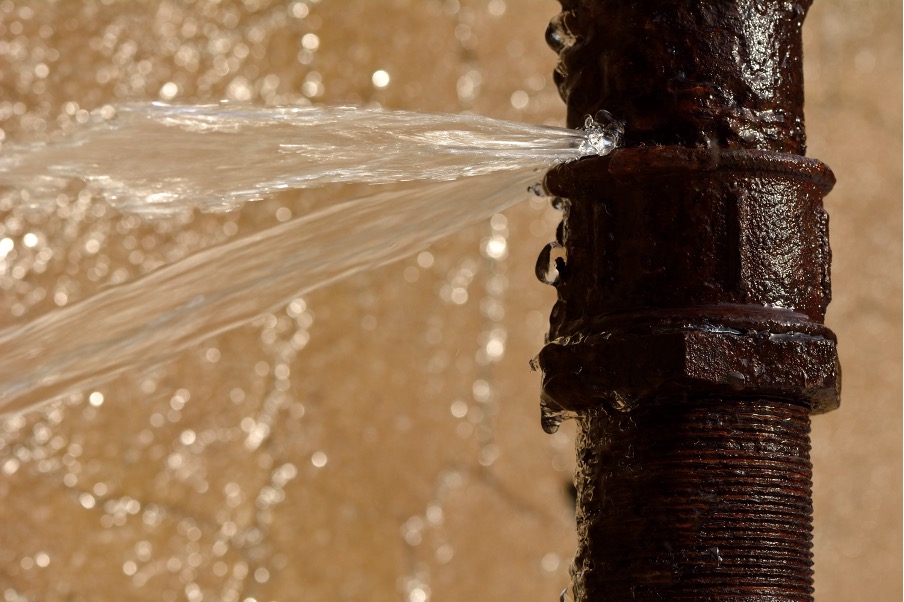Unmask Hidden Water Line Leaks: 6 Smart Detection Hacks
Unmask Hidden Water Line Leaks: 6 Smart Detection Hacks
Blog Article
Are you currently trying to find information and facts about Top leak detection hacks?

Early detection of dripping water lines can mitigate a potential disaster. Aside from saving you cash, it will reduce the aggravation and disappointment. The moment you find a leakage, calling your plumber for fixings is the best service. Nonetheless, some tiny water leakages might not show up. Right here are some hacks that help if you can not find it with your naked eyes.
1. Take A Look At the Water Meter
Every residence has a water meter. Examining it is a proven way that helps you find leakages. For beginners, switch off all the water sources. Guarantee no person will flush, make use of the tap, shower, run the cleaning device or dish washer. From there, most likely to the meter and watch if it will alter. Considering that nobody is utilizing it, there need to be no movements. That shows a fast-moving leak if it moves. If you detect no changes, wait an hour or two as well as inspect back once again. This indicates you might have a sluggish leakage that might also be below ground.
2. Inspect Water Consumption
Examine your water bills and also track your water consumption. As the one paying it, you should observe if there are any discrepancies. If you spot sudden changes, in spite of your usage coinciding, it indicates that you have leakages in your plumbing system. Bear in mind, your water expense should fall under the exact same variety each month. A sudden spike in your bill suggests a fast-moving leakage.
A stable rise every month, even with the very same behaviors, reveals you have a slow leakage that's also gradually escalating. Call a plumber to thoroughly examine your building, particularly if you feel a warm location on your floor with piping underneath.
3. Do a Food Coloring Test
When it comes to water intake, 30% comes from toilets. If the color in some way infiltrates your bowl throughout that time without flushing, there's a leak in between the tank and also bowl.
4. Asses Outside Lines
Do not forget to inspect your exterior water lines also. Examination faucets by connecting a garden pipe. Should water seep out of the link, you have a loosened rubber gasket. Replace this and also make certain all connections are tight. It will assist get it properly analyzed and kept yearly if you have actually got a sprinkler system. One tiny leakage can waste lots of water and also surge your water bill.
5. Analyze the situation as well as inspect
Home owners should make it a practice to inspect under the sink counters and also inside cabinets for any kind of bad odor or mold and mildew development. These two red flags indicate a leakage so prompt attention is called for. Doing regular examinations, even bi-annually, can save you from a significant issue.
Examine for stainings and compromising as many devices and pipes have a life expectations. If you think leaking water lines in your plumbing system, don't wait for it to rise.
Early detection of dripping water lines can minimize a possible disaster. Some little water leaks may not be noticeable. Inspecting it is a guaranteed means that helps you uncover leaks. One little leakage can squander tons of water and increase your water expense.
If you suspect dripping water lines in your plumbing system, do not wait for it to rise.
WARNING SIGNS OF WATER LEAKAGE BEHIND THE WALL
PERSISTENT MUSTY ODORS
As water slowly drips from a leaky pipe inside the wall, flooring and sheetrock stay damp and develop an odor similar to wet cardboard. It generates a musty smell that can help you find hidden leaks.
MOLD IN UNUSUAL AREAS
Mold usually grows in wet areas like kitchens, baths and laundry rooms. If you spot the stuff on walls or baseboards in other rooms of the house, it’s a good indicator of undetected water leaks.
STAINS THAT GROW
When mold thrives around a leaky pipe, it sometimes takes hold on the inside surface of the affected wall. A growing stain on otherwise clean sheetrock is often your sign of a hidden plumbing problem.
PEELING OR BUBBLING WALLPAPER / PAINT
This clue is easy to miss in rooms that don’t get much use. When you see wallpaper separating along seams or paint bubbling or flaking off the wall, blame sheetrock that stays wet because of an undetected leak.
BUCKLED CEILINGS AND STAINED FLOORS
If ceilings or floors in bathrooms, kitchens or laundry areas develop structural problems, don’t rule out constant damp inside the walls. Wet sheetrock can affect adjacent framing, flooring and ceilings.
https://www.servicemasterbyzaba.com/blog/how-to-detect-water-leakage-in-walls/

I'm very fascinated with Detecting hidden plumbing leaks and I'm hoping you appreciated the new entry. You should take a moment to share this entry if you liked it. I praise you for your time. Visit again soon.
Rates Report this page